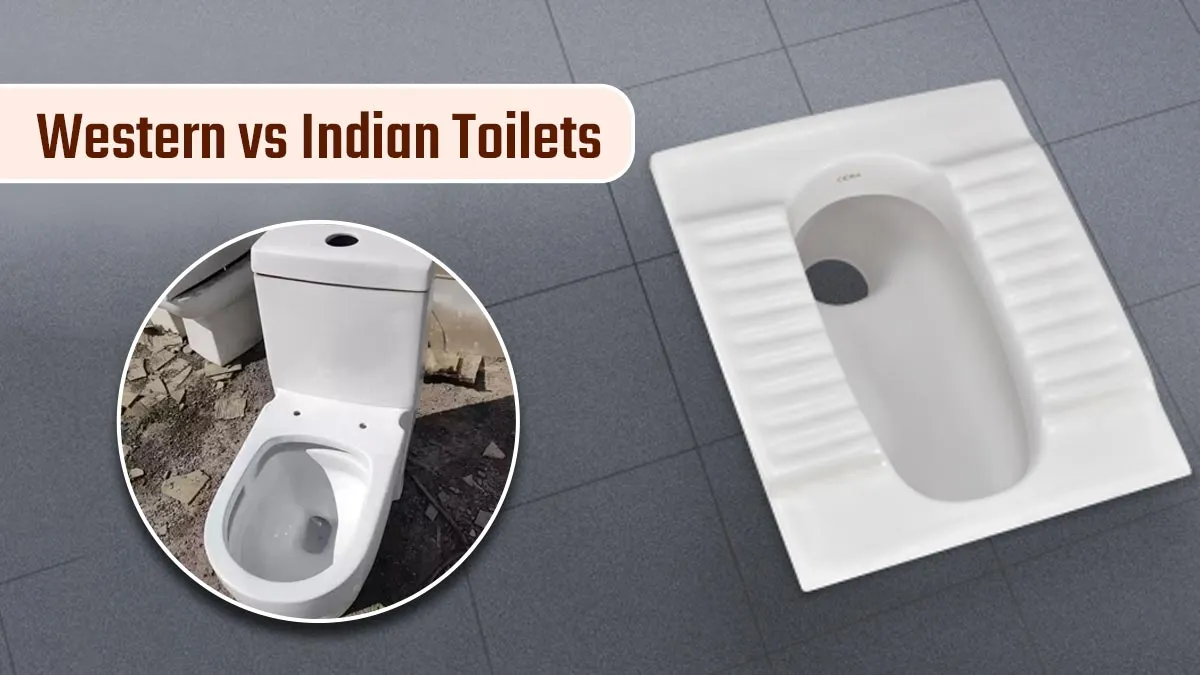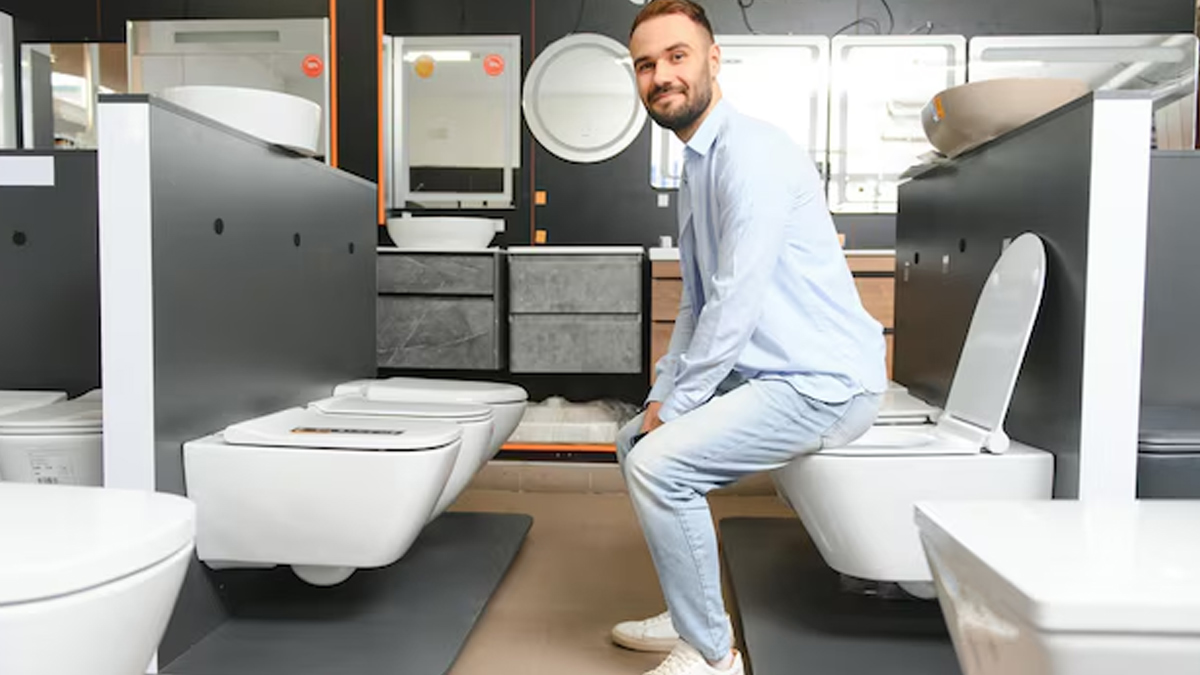
Toilets are something we use every day, but have you ever thought about how they affect your health? There are two main types of toilets: Western-style (sitting) and Indian-style (squatting). Both are common, but they have very different effects on your body. The way you sit while using the toilet can influence your digestion, and muscle strength, and even prevent certain health problems.
Table of Content:-
Choosing between an Indian and a Western toilet involves more than just preference. It is about considering health, hygiene, and comfort. Regarding the same, an expert explained these differences that can help you make an informed decision that suits your needs and promotes better health.
Sitting Position and Its Impact on Overall Health
View this post on Instagram
While Western toilets are more common in urban areas and are seen as modern, Indian-style toilets have been used for centuries and are known for their health benefits. Some of the explanations according to Dr Shilpa Arora, Dietician, Nutritionist Studio, Gurugram, are mentioned below.
- Using the Western style of the toilet may lead to constipation and urinary tract infections (UTIs).
- In contrast, the Indian style promotes a clean stomach and strengthens leg muscles.
- The expert suggested that women with Polycystic Ovary Disorder (PCOD) should squat, and recommends that everyone consider installing an Indian toilet at home to prevent various diseases.
The Science Behind Sitting vs Squatting

When you use a Western toilet, you sit in a chair-like position. This might feel comfortable, but it doesn’t help your body eliminate waste efficiently. On the other hand, Indian-style toilets require you to squat, which is a more natural position for the human body. Squatting aligns your rectum and anal canal, making it easier to pass stool. This position also puts less strain on your pelvic muscles.
The claims about squatting are backed by a study published in the Journal of Advanced Medical and Dental Sciences Research. According to the study, squatting simultaneously closes the inlet valve to prevent waste backflow into the small intestine, It also opens the outlet valve for free waste passage. In contrast, the sitting position on western seats can hinder both valves, leading to difficult and incomplete elimination and increasing the risk of waste backing up into the small intestine.
Tips for Better Toilet Habits
- Stay Hydrated: Drinking enough water is essential for healthy digestion. It keeps your stool soft and easy to pass.
- Eat Fibre-Rich Foods: Include fruits, vegetables, and whole grains in your diet as fibre adds bulk to your stool and helps prevent constipation.
- Take Your Time: Don’t rush your toilet time. Give your body enough time to empty your bowels completely.
- Exercise Regularly: Physical activity keeps your digestive system active and reduces the risk of constipation.
Conclusion
The type of toilet you use can have a big impact on your health. While Western toilets are comfortable and convenient, they may lead to problems like constipation and UTIs. On the other hand, Indian-style toilets promote better digestion, stronger muscles, and overall health. If you can’t switch to an Indian-style toilet, try using a footrest to mimic the squatting position. Small changes in your daily habits can make a big difference in your health. As Dr Shilpa Arora said, “You can’t even imagine how many diseases will be cured” by making this simple switch. The best choice depends on your personal preferences, health needs, and practical considerations.
Also watch this video
How we keep this article up to date:
We work with experts and keep a close eye on the latest in health and wellness. Whenever there is a new research or helpful information, we update our articles with accurate and useful advice.
Current Version